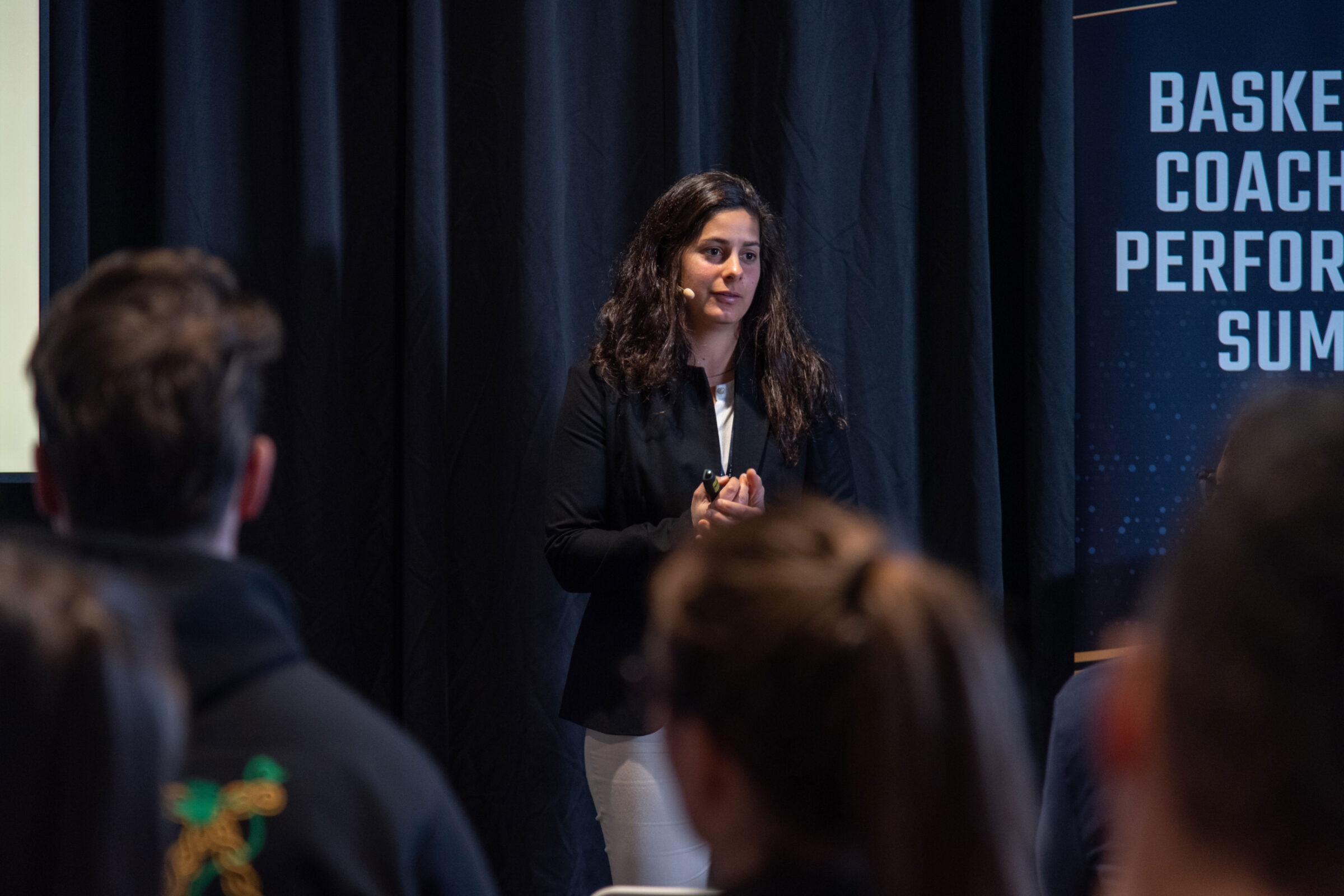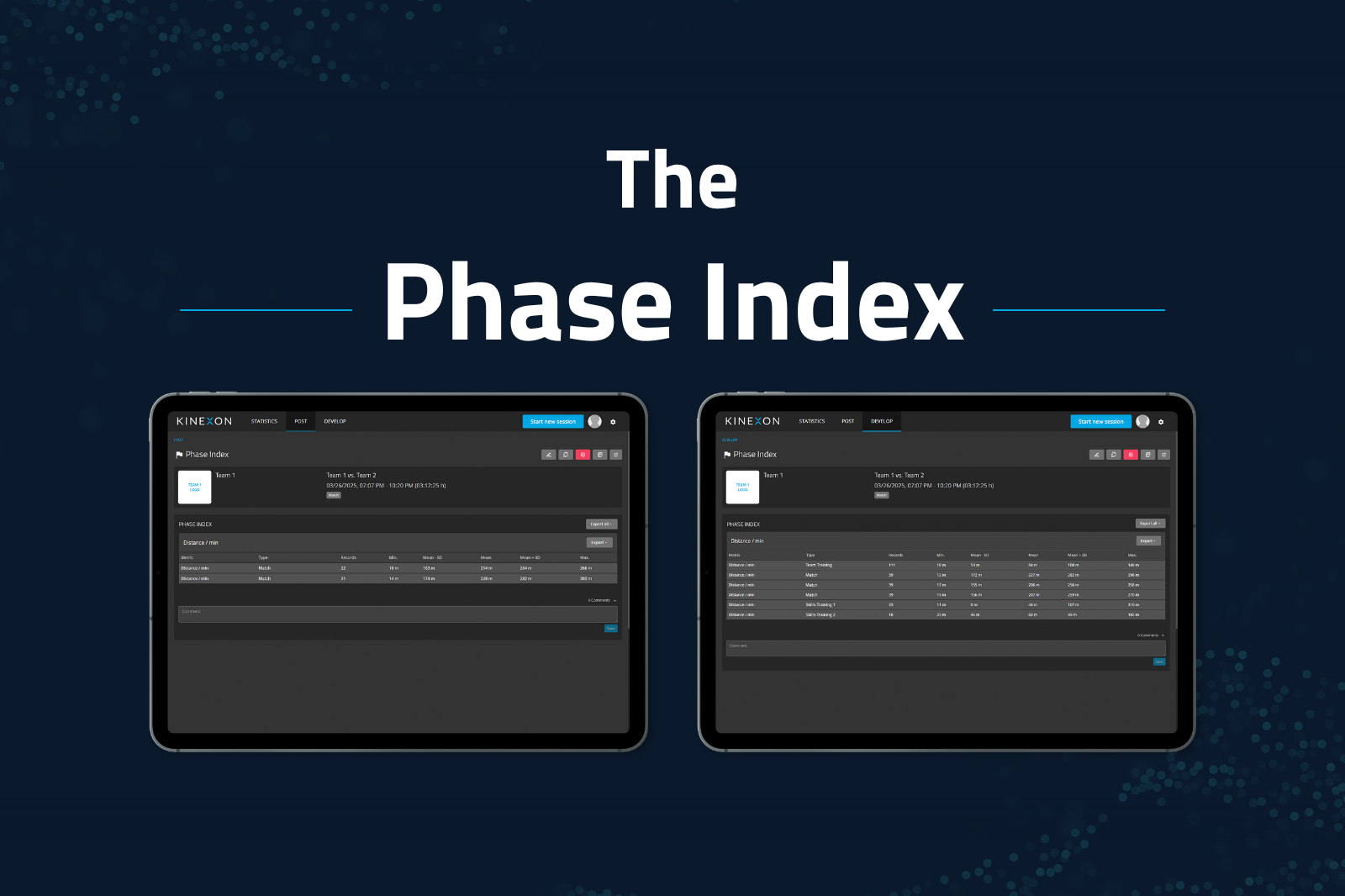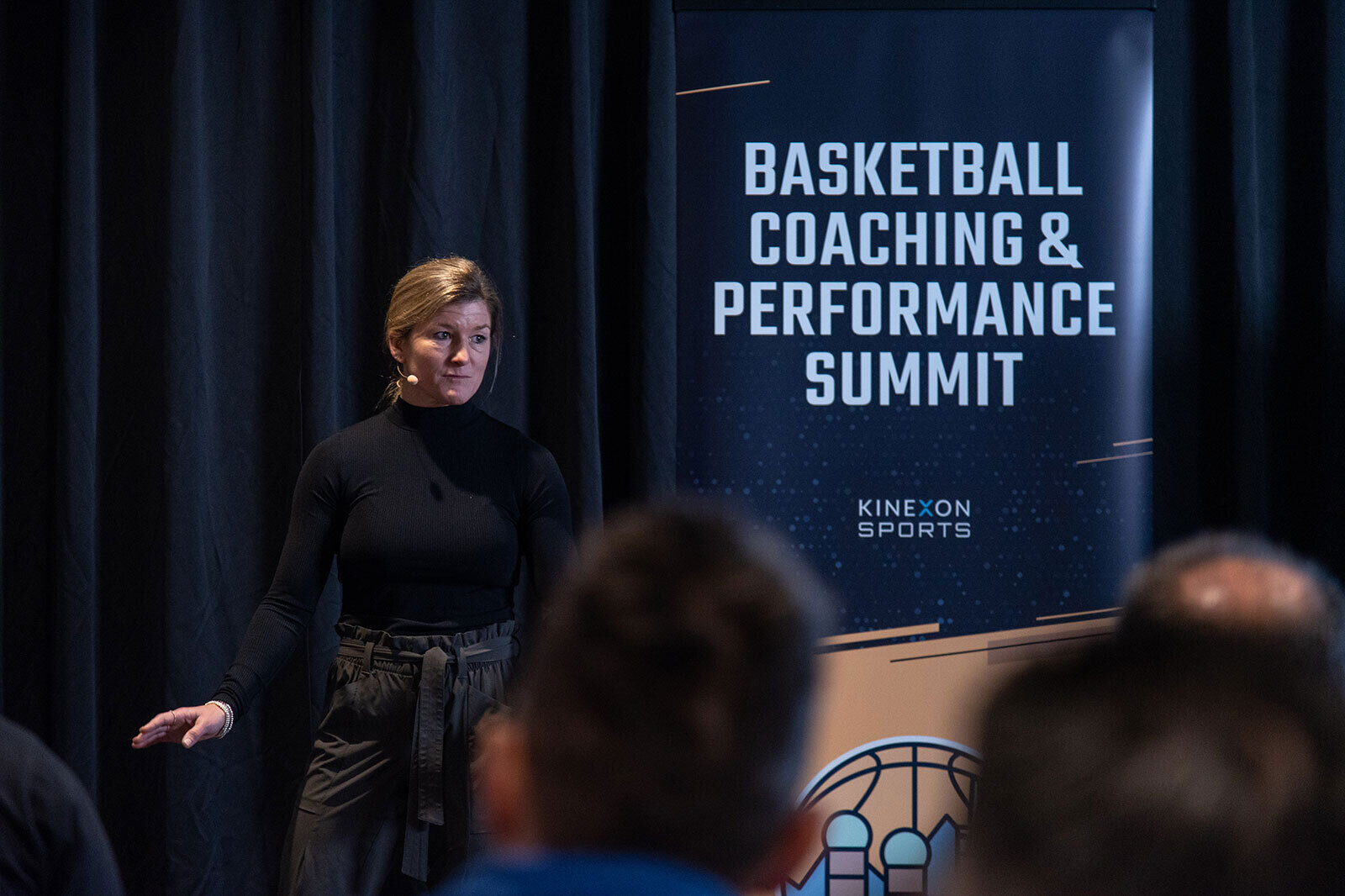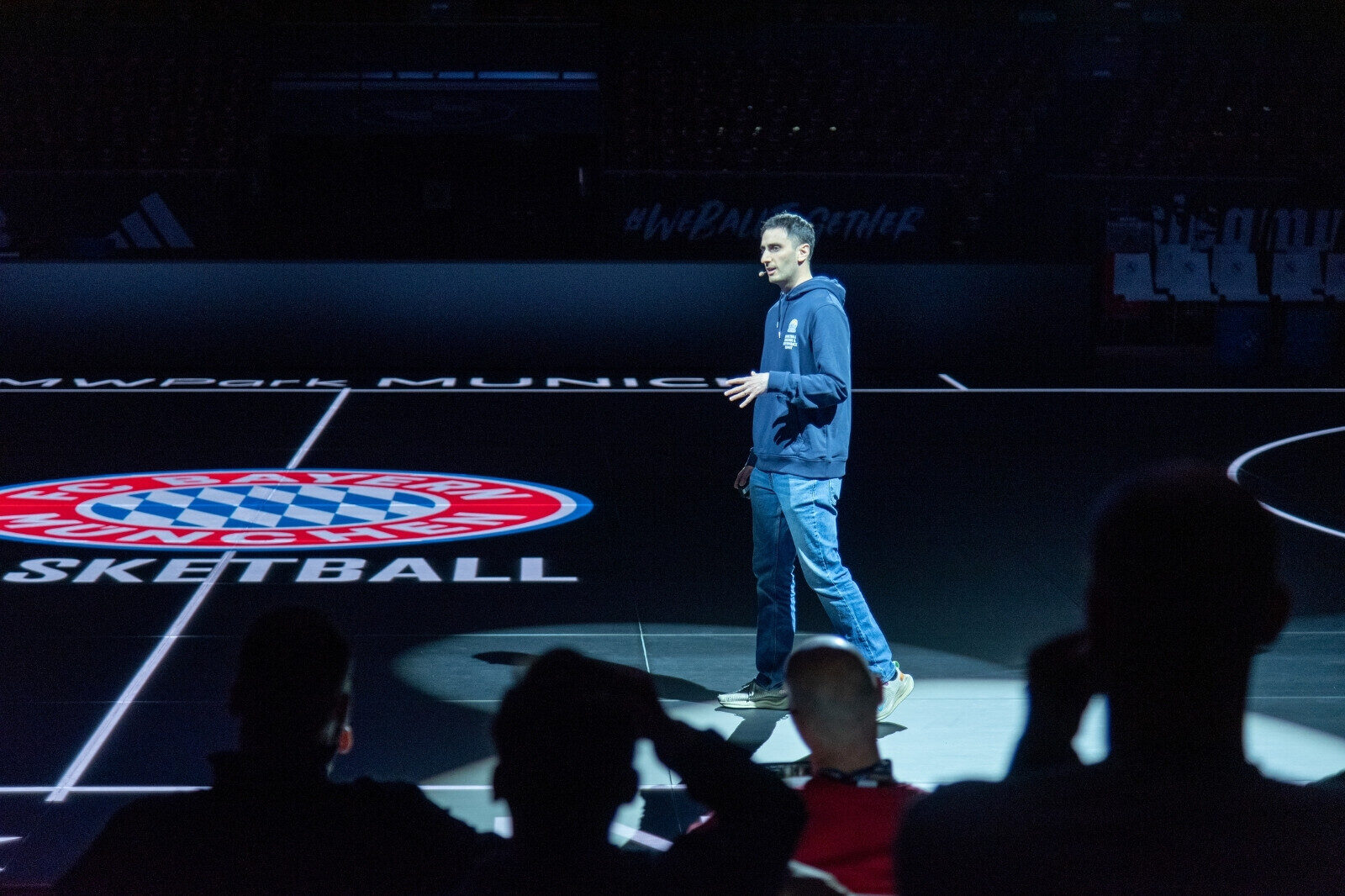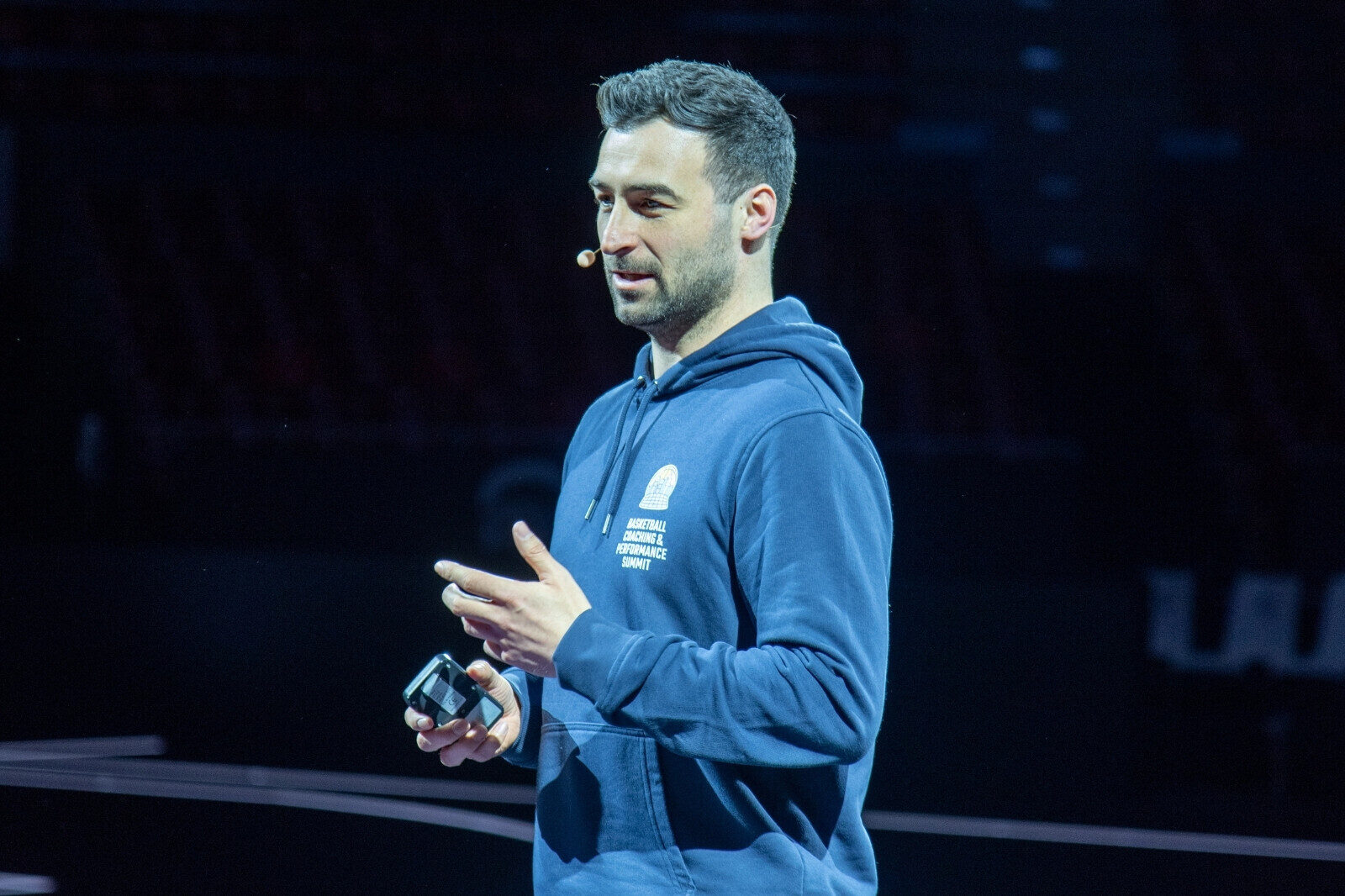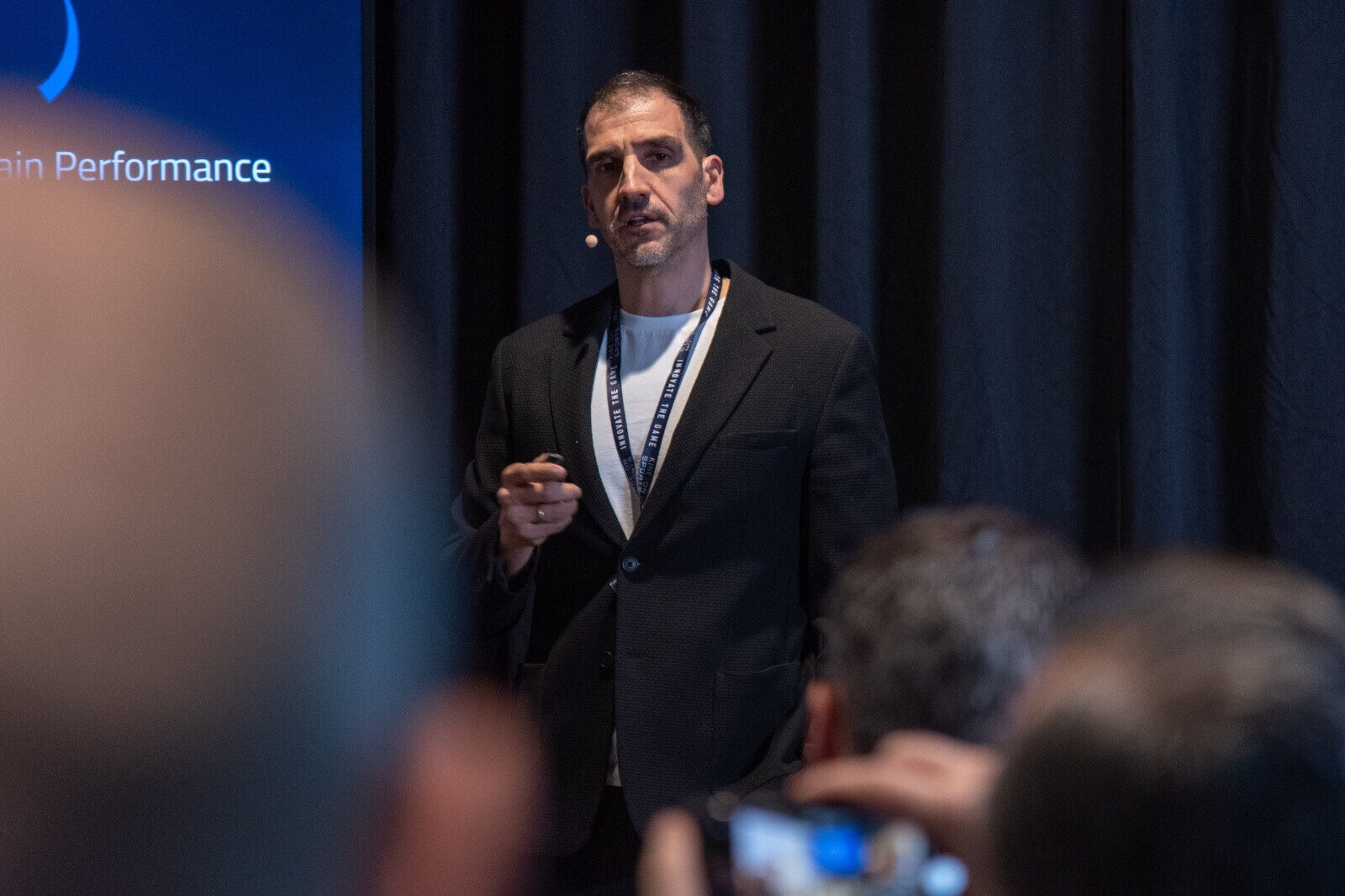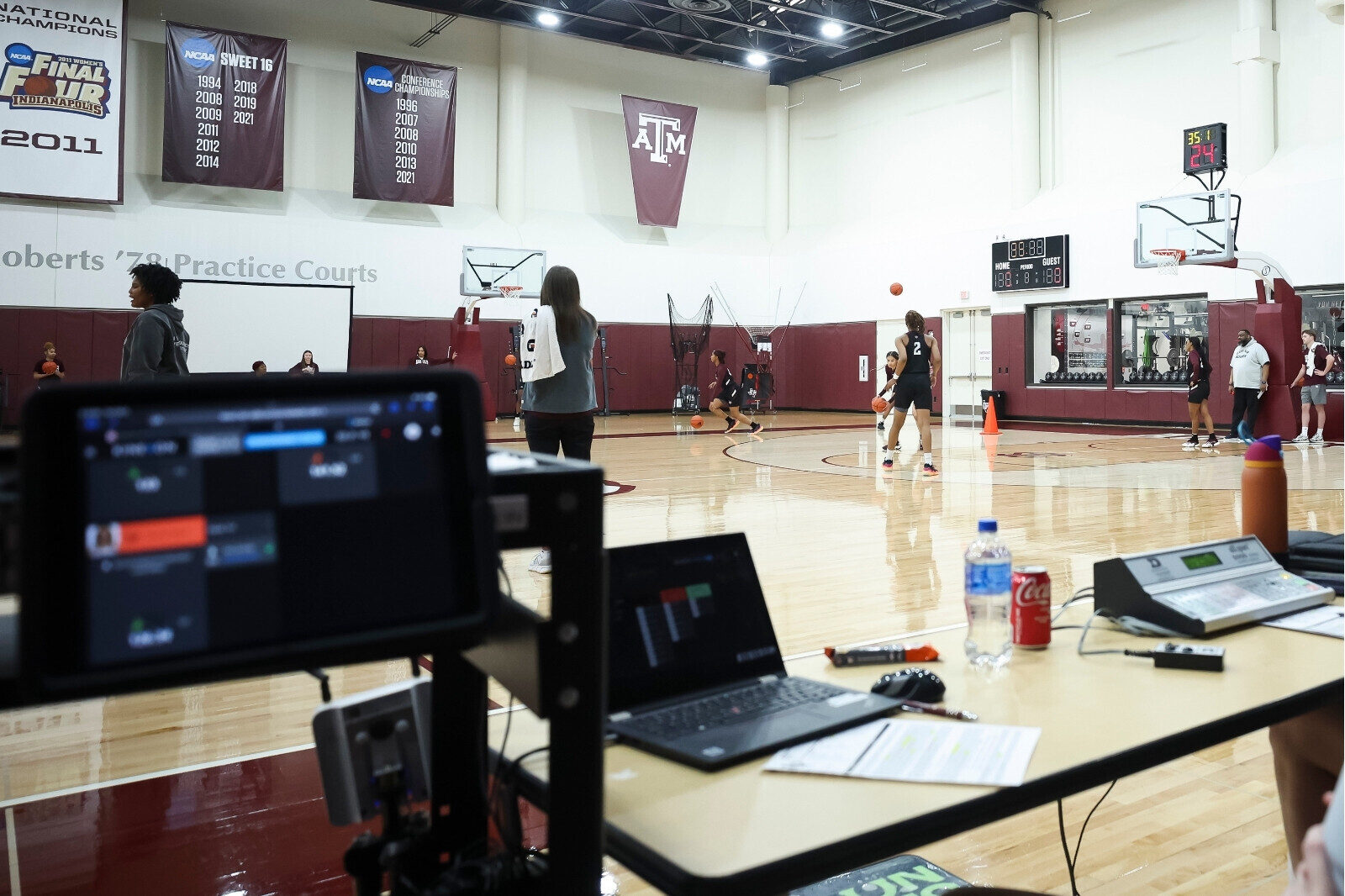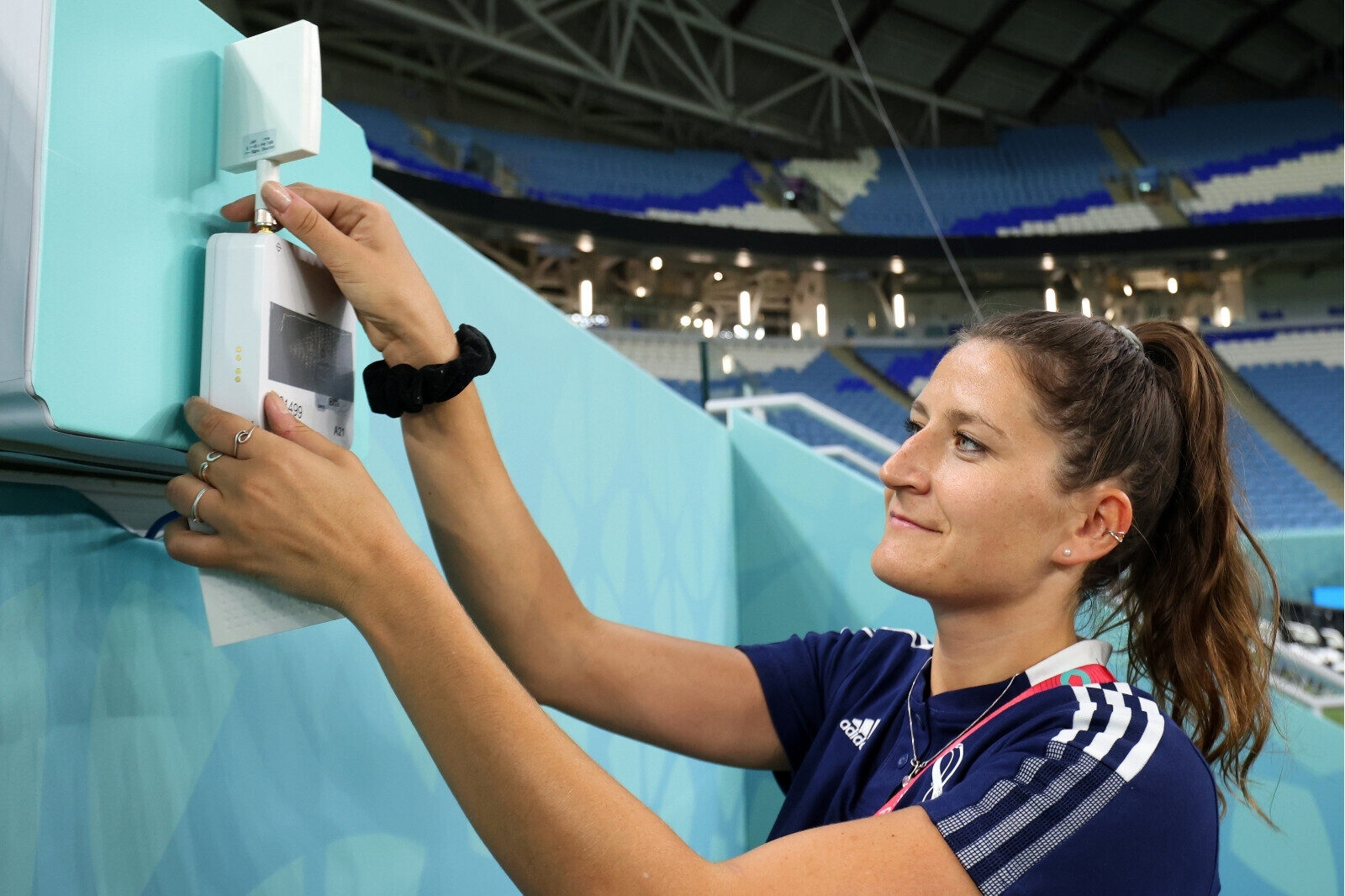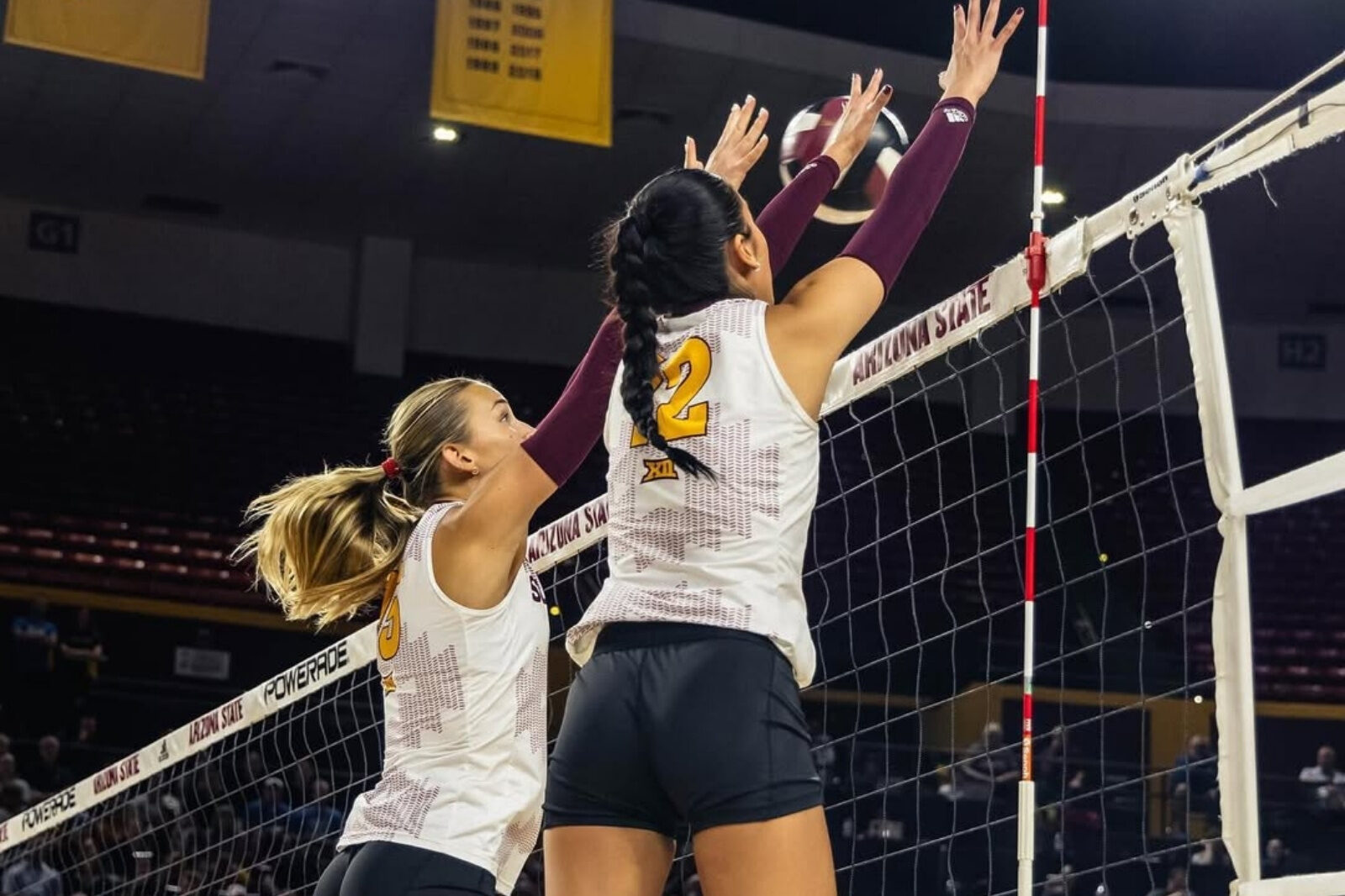How Coaches Are Unlocking Football Players’ Potential with GPS Tracking Insights
Technology’s influence on football is undeniable, particularly with the expanded use of GPS tracking. It plays a major role in painting a more comprehensive picture of individual players and overall team performance, leading to improved outcomes. And now it’s easier than ever for coaches to use.
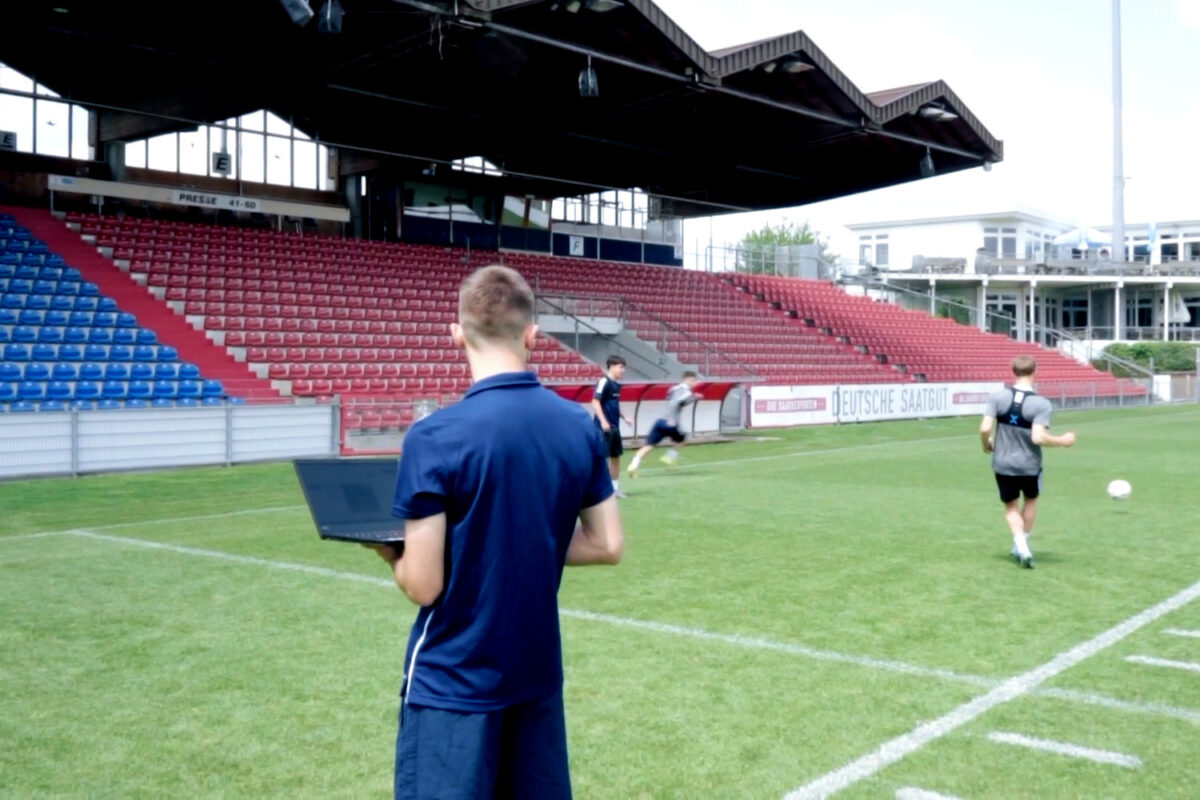
Initially perceived as a flashy addition to the sports tech arsenal, football GPS trackers have swiftly become essential for enhancing player performance and strategy. Now they’re considered an integral part of the game, transforming the way players perform on the field.
Start Tracking Live GPS Data in Three Easy Steps
GPS Tracking Wearables Are Part of the Uniform

It starts with the rise of wearable technology. It cannot be underestimated. Football players commonly adorn GPS sports vests underneath their jerseys on the pitch, representing the significant strides wearable technology continues to make in the sport.
The devices provide intricate details about a player’s movements, opening new avenues for performance analysis. It is part of the reason the International Football Association Board (IFAB) granted approval for clubs to wear GPS vests during matches in 2015.
It Goes Beyond Tracking Distance and Speed

The true impact of GPS trackers for football lies in their multifaceted capabilities. They monitor not just the external workload — like total distance covered and speed — but also tracks the internal workload of a player.
Parameters such as heart rate and VO2 max — the peak of a player’s exercise capacity — are now measurable, offering a comprehensive view of a player’s physical state.
Key Performance Metrics for Football Players include:
- Total Distance Covered: Captures the player’s total movement during training and matches, reflecting their activity level throughout the week.
- Acceleration/Deceleration Exposure: Monitors the frequency and intensity of quick starts and stops, conditioning players for the dynamic pace of football involving frequent changes in speed and direction.
- Player Load: A holistic metric that combines distance, acceleration, deceleration, and directional shifts to evaluate the cumulative physical stress experienced by a player.
By analyzing metrics sports performance coaches can assess whether a player is struggling or performing optimally during training and games.
For instance, if a player covers only 6 kilometers during a training session but needs to reach 8 or more on match day- that’s not good. GPS-based player trackers help coaches gauge the effort exerted by players.
Tailoring Training to the Individual
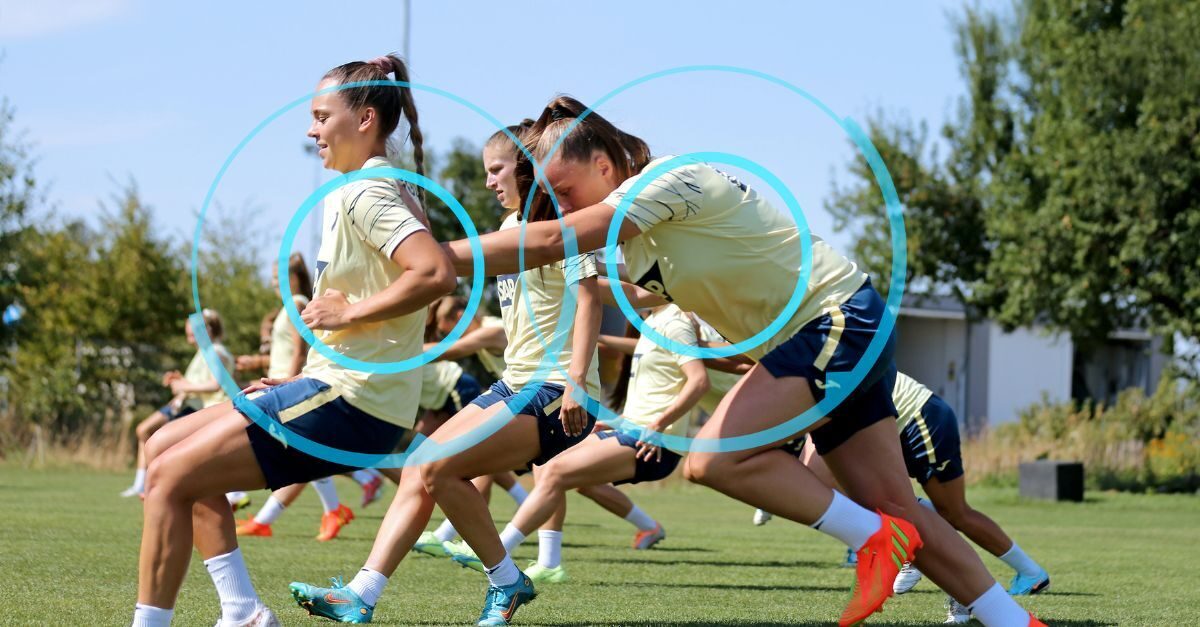
Armed with this wealth of data, a coaching staff can craft training sessions that cater to the unique needs of each player.
Adjustments can be made to drills to better suit the player. By adjusting the intensity or duration of exercises, or even altering the dimensions of the practice pitch, coaches can fine-tune a player’s physical exertion.
This custom-made approach to training is pivotal in decreasing injury risks and ensuring that players operate at their peak when it matters most.
The Data-Driven Strategy Aids Coaches
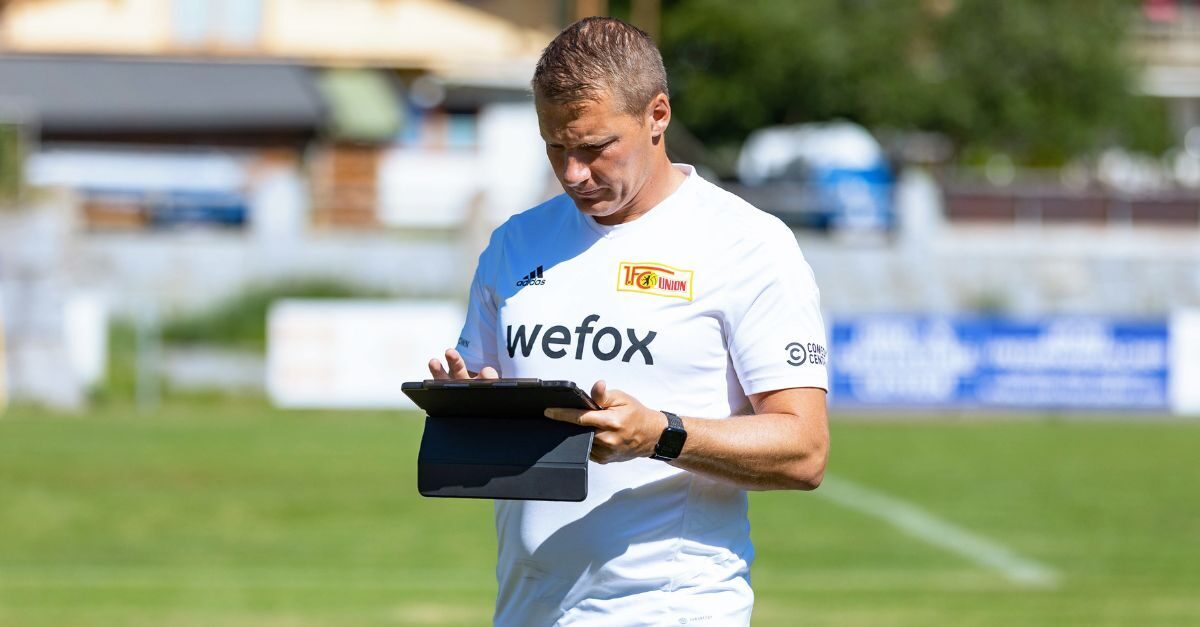
The strategic implications of GPS tracking stand out. Coaches can now make informed decisions based on hard data, leading to more effective game plans and player utilization. Substitutions and tactical shifts can be timed perfectly to exploit a player’s optimum performance window.
The Next Step for GPS Trackers in Football
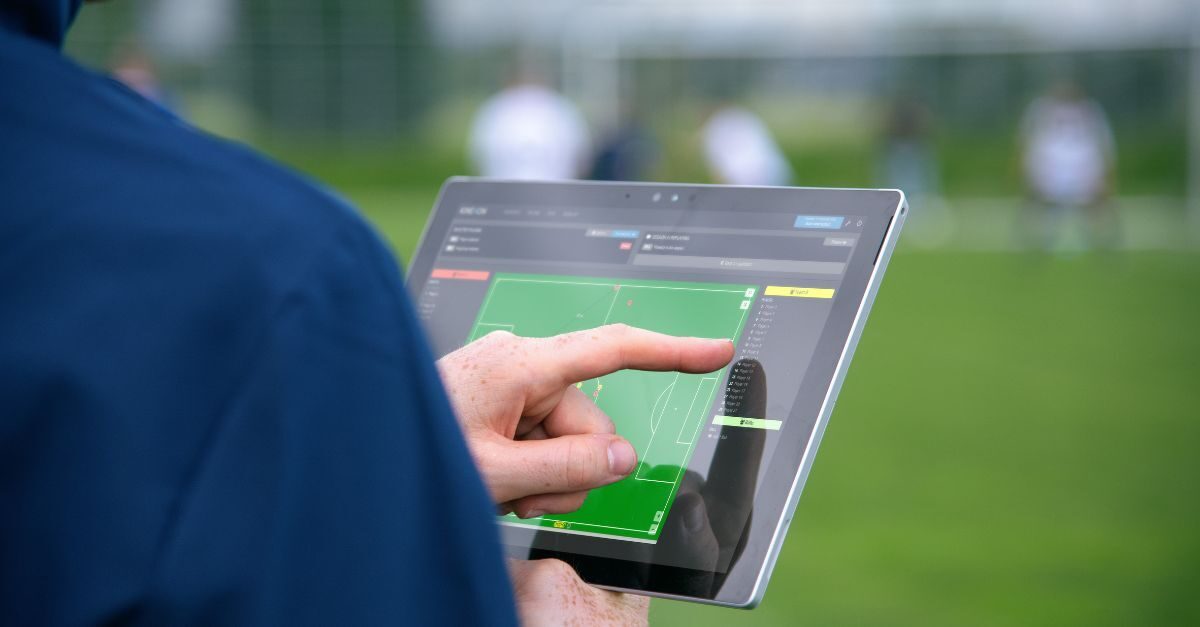
A fully automated workflow. Coaches can stop wasting time connecting cables to a laptop and eliminate all manual work steps for read-out, upload, or download.
KINEXON PERFORM GPS provides an objective, detailed slate of performance metrics, and an exciting future for coaches because it is wireless. No manual steps needed.
If you’re interested in learning more about how GPS-based player tracking devices are helping football coaches and players perform better, contact us at any time, or you can check out our on
